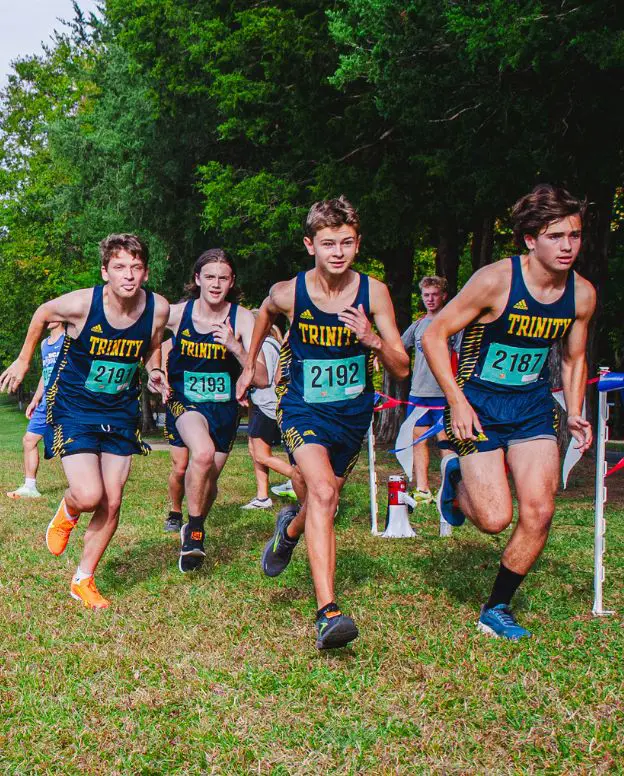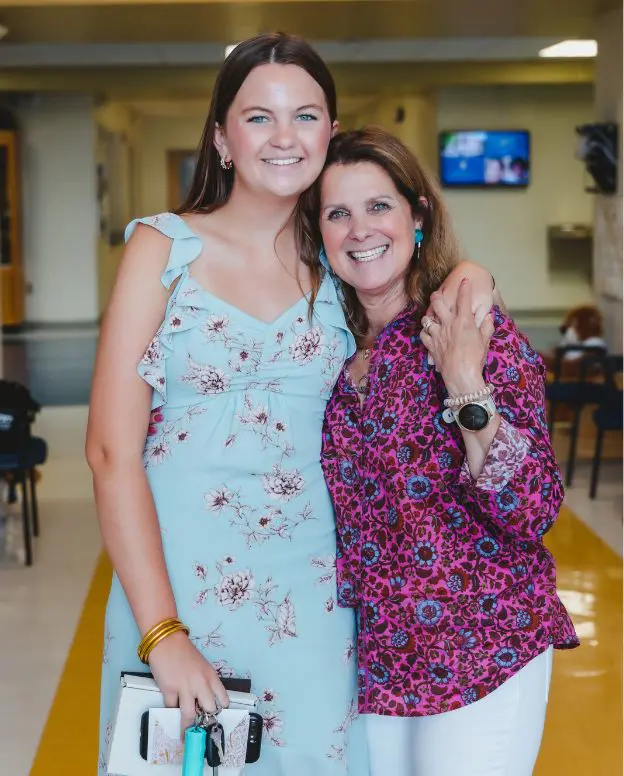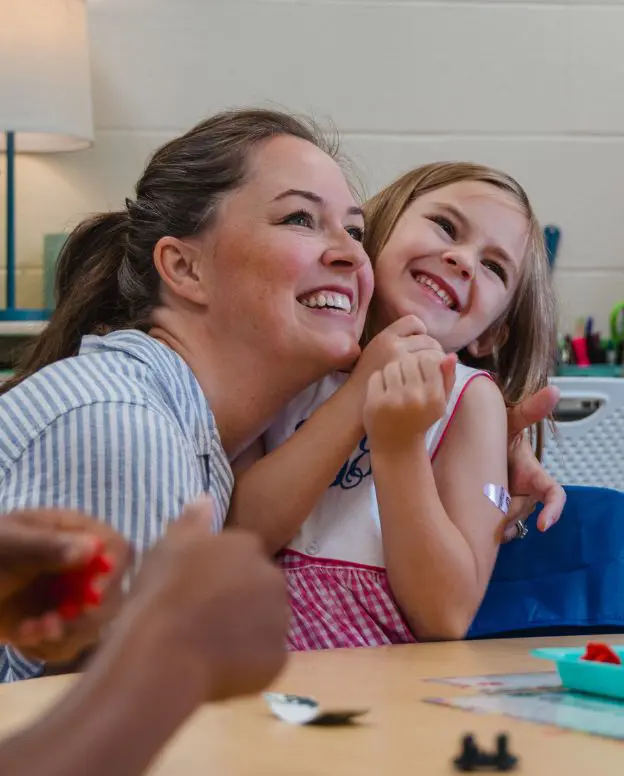HEAD LINES
Mission Tension 4:
Classical and Mason
May 2023
Dear Trinity Community,
This is the fourth in a series of Head Lines exploring distinctives of Trinity’s mission, especially some of the tensions that are built into our identity as a school. Like a guitar with several strings tuned together, all with a tension that is just right, Trinity’s missional tensions are purposeful and essential. They go back, most of them, to the founding of the school and the codification of the
mission. Tensions can be stressful, and we may feel the urge to resolve them, to move further to one end or the other to release the pressure. But to do so would be to untune the harmonious mission of Trinity School. This month we do a little more tuning of the Trinity mission as we explore what it means to be a school shaped by both the classical tradition and the educational philosophy of Charlotte Mason.
Mission Tension 4: Classical and Mason
Trinity’s mission statement enshrines two approaches to education: the classical and the pedagogy of Charlotte Mason, which in our mission statement is captured by the word “rich.” There is no doubt that these two approaches evoke different visions of educational experience in most people’s minds. Mason and maybe even more so her contemporary devotees speak of the love of learning. Children are to be taught according to their natures, and one imagines Mason’s classroom as a place of delight, curiosity, and exploration. In an atmosphere of trust, nestled into the Lake Country in England, the desire for knowledge is fed a great feast. Appetites are keen and the children, presumably, barely notice the hours fly by as they read and narrate, take their nature walks, bring forth fine studies of flora and fauna, sit enraptured before the great masters, and repaint their works with words from their prodigious memories.
Our picture of classical learning is not so quaint, cozy, and comfortable. The landscape is stony and hard, what Aquinas called a bonum arduum (“steep good”). Tracy Lee Simmons (Climbing Parnassus) describes the Greco-Roman school for us: “Discipline was harsh. The teacher was supreme in power before students; when not leading the class in unison recitation, he lectured authoritatively, even dictatorially.”
Both of these are caricatures of any particular educational experience, failing to recognize that almost any good school will be some sort of mash-up of both. Further, these impressionistic sketches are blind to important congruences between the two. Both Mason and the classical celebrate the Word and words—they are supremely communicative philosophies of education, aiming to teach students how to listen and speak, read and write. The mastery of language and thinking is their common focus. Further, they both ask the child/student to bow before the sovereignty of something outside herself—the True, the Good, and the Beautiful. The best education happens when students come into direct contact with those who have wisdom and knowledge beyond them—both absent (books) and present (teachers).
The proper place of habits in the educational journey is also a commonality: Plato spoke of the “chest” as the place where good habits were developed to help the head rule the appetites, and Mason said that habits are the rails of learning that are laid down early in one’s education. These similarities are all the more notable when you consider the classical tradition through a Christian lens and Charlotte Mason as a deeply Christian educator. Mason’s notion of children as “born persons” is rooted in the notion of the imago Dei (“image of God”), and both Mason and the Christian humanism of the classical tradition regard the Word of God as the supreme authority, to which all other words submit.
All this does not, however, remove some real contrasts between these two ways of learning. I acknowledge three here: First, is learning hard and unnatural (classical) or enjoyable and natural (Mason)? Second, is learning deductive, from the Good to the human (classical), or is it inductive, from the human to the Good (Mason)? Third, is the best learning for a few of the best (some forms of classical) or for all (Mason)? These are tensions that are inherent in our mission statement because they are inherent in the best education anywhere.
Is learning hard or easy? We all know that the answer is “both.” If we don’t see our students engaged and happy in their learning, we have missed something; at the same time, there is learning that is hard and unpleasant, and like the laundry, it just has to be done. Memorize those times tables and master your conjugations.
Is learning curriculum driven or child driven? It must be both. There is a curriculum, both of skills and of content, that is a track to be run; and if we don’t get all the way around it, our education suffers. At the same time, the students’ interests and questions drive the learning, and all teachers know that the coverage of the curriculum depends in no small part on the makeup of the class. In the end, the teacher has to balance both the demands of the course and the students’ personalities and abilities. “The woods are lovely, dark and deep. / But I have promises to keep, / And miles to go before I sleep, / And miles to go before I sleep”—therein lies the teacher’s dilemma.
Is learning for the few or the many? There is an excellence in learning that only a few will attain. Some of us embody the virtues of the educated person in uniquely powerful ways. At the same time, the Gospel of the crucified Son of God transforms our understanding of excellence as of everything else. The shape of excellence in a Christian school must be cruciform. There are more ways than a perfect score on the National Latin Exam to show forth what it looks like to be a human person flowering and flourishing.
Trinity’s senior awards are one way that we acknowledge this tension: We do not shy away from celebrating a few students who embody the core values and virtues of our mission. At the same time, we give four different awards to celebrate some of the breadth of excellence in our student body: Veritas for the intellectual virtues; Imago for beauty and the imagination; Non Nobis for selfless service; and Coram Deo for a life that practices the presence of God. No one student can fully embody all the virtues, and each of us shows forth the image of God in unique ways we all need.
The tension between Mason’s approach and the classical is, I am convinced, a creative and healthy tension. Both traditions honor the human. Both believe that wisdom, knowledge, and virtue come from engagement that is both labored and transforming. And, most of all, both the classical Christian model and Mason’s philosophy of education bow to the authority of the Word of God over the great books and know that it is better by far to ascend Zion than to summit Parnassus.
Non Nobis,

Chip Denton
Head of School






